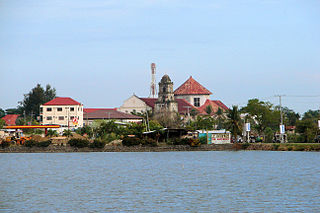
Binmaley, officially the Municipality of Binmaley, is a 1st class municipality in the province of Pangasinan, Philippines. According to the 2020 census, it has a population of 86,881 people.

Anda, officially the Municipality of Anda, is a 3rd class municipality in the province of Pangasinan, Philippines. Unique in this part of the province, The Sambalic language of Bolinao or Binubolinao is primarily spoken in the municipality and the adjacent town of Bolinao. According to the 2020 census, it has a population of 41,548 people.

Sison, officially the Municipality of Sison, is a 3rd class municipality in the province of Pangasinan, Philippines. The town's original name was Alava. According to the 2020 census, it has a population of 52,320 people.
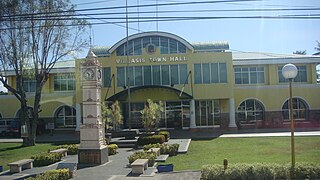
Villasis, officially the Municipality of Villasis, is a 1st class municipality in the province of Pangasinan, Philippines. According to the 2020 census, it has a population of 65,047 people.

Aguilar, officially the Municipality of Aguilar, is a 3rd class municipality in the province of Pangasinan, Philippines. According to the 2020 census, it has a population of 45,100 people.

Bani, officially the Municipality of Bani, is a 2nd class municipality in the province of Pangasinan, Philippines. According to the 2020 census, it has a population of 52,603 people.

Bautista, officially the Municipality of Bautista, is a 4th class municipality in the province of Pangasinan, Philippines. According to the 2020 census, it has a population of 35,398 people.

Bugallon, officially the Municipality of Bugallon, is a 2nd class municipality in the province of Pangasinan, Philippines. According to the 2020 census, it has a population of 74,962 people.

Calasiao, officially the Municipality of Calasiao, is a 1st class municipality in the province of Pangasinan, Philippines. According to the 2020 census, it has a population of 100,471 people.

Malasiqui, officially the Municipality of Malasiqui, is a 1st class municipality in the province of Pangasinan, Philippines. According to the 2020 census, it has a population of 143,094 people.

Mangatarem, officially the Municipality of Mangatarem, is a 1st class municipality in the province of Pangasinan, Philippines. According to the 2020 census, it has a population of 79,323 people.

Mapandan, officially the Municipality of Mapandan, is a 3rd class municipality in the province of Pangasinan, Philippines. According to the 2020 census, it has a population of 38,058 people.
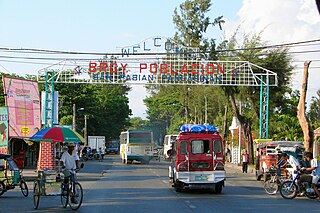
San Fabian, officially the Municipality of San Fabian, is a 1st class municipality in the province of Pangasinan, Philippines. According to the 2020 census, it has a population of 87,428 people.

San Jacinto, officially the Municipality of San Jacinto, is a 3rd class municipality in the province of Pangasinan, Philippines. According to the 2020 census, it has a population of 44,351 people.
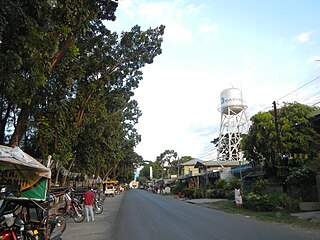
San Manuel, officially the Municipality of San Manuel, is a 1st class municipality in the province of Pangasinan, Philippines. According to the 2020 census, it has a population of 54,271 people.

Santa Barbara, officially the Municipality of Santa Barbara, is a 1st class municipality in the province of Pangasinan, Philippines. According to the 2020 census, it has a population of 92,187 people.

Santo Tomas, officially the Municipality of Santo Tomas, is a 5th class municipality in the province of Pangasinan, Philippines. According to the 2020 census, it has a population of 14,878 people, making it the least populated municipality in the province.

Urdaneta, officially the City of Urdaneta, is a 2nd class component city in the province of Pangasinan, Philippines. According to the 2020 census, it has a population of 144,577 people.

Dagupan, officially the City of Dagupan, is a 1st class independent component city in the Ilocos Region, Philippines. According to the 2020 census, it has a population of 174,302 people.
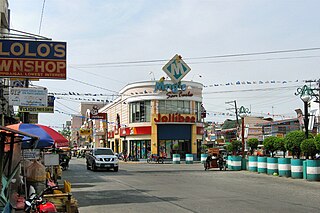
San Carlos City, officially the City of San Carlos, is a 3rd class component city in the province of Pangasinan, Philippines. According to the 2020 census, it has a population of 205,424 people. It is the most populated city in Pangasinan and the entire Ilocos Region.



























